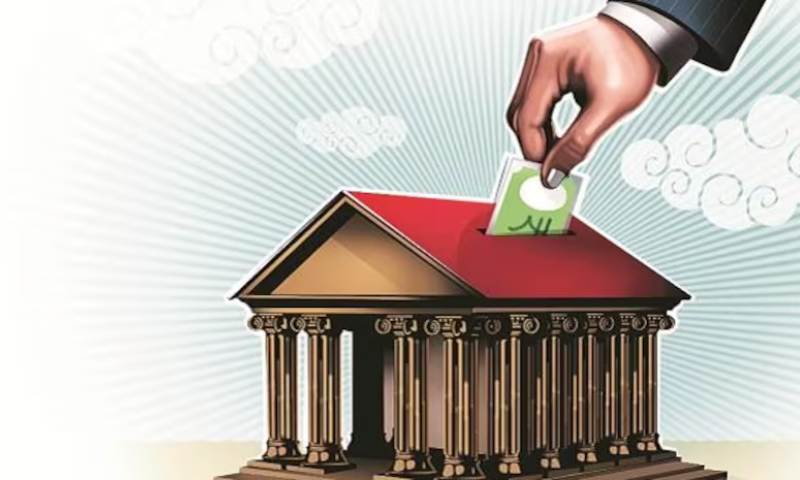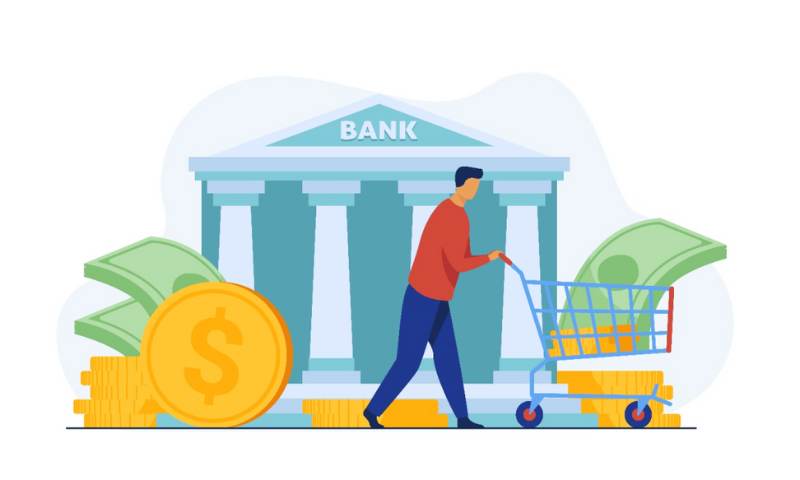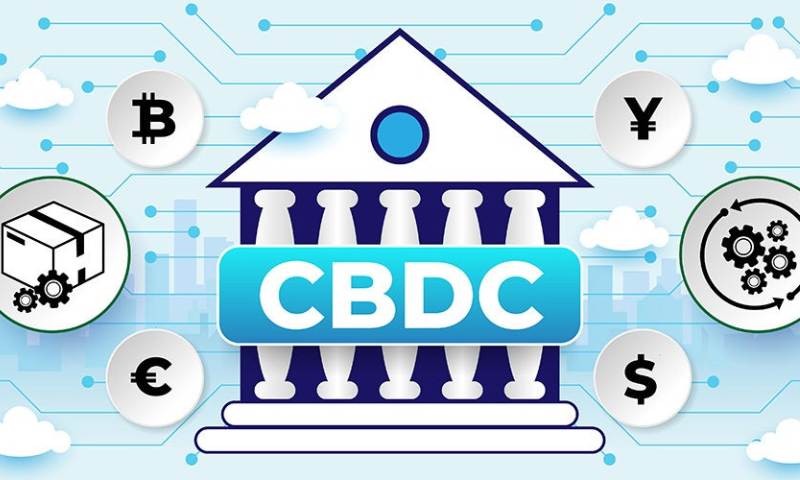Navigating the vast and turbulent seas of our economy, the Central bank role in economy proves vital. Just as a captain steers through storms and still waters, central banks guide our economic vessel. They ensure our money keeps its worth, and our banks play fair and square. Are you curious how they keep the ship afloat? Dive in as we grasp their multifaceted duties, demystify monetary policy mechanics, explore their role in times of financial tempest, and peel back the layers of their fiscal agent tasks. It’s a journey that affects your wallet and world, so let’s chart the course together.
Understanding the Multipronged Role of Central Banks
Ensuring Economic Stability and Growth
Central banks have a huge job. They keep our money worth something. They also help make sure we have jobs. They do this by handling money rules, which is called monetary policy. It’s like using the right tools to control a ship’s path. Central banks change interest rates to make borrowing money either easy or hard. When they make it cheaper to borrow, people can spend more. This helps businesses grow and create jobs.
But it’s not all about spending. Central banks also stop prices from rising too fast, known as inflation control. They want things to cost about the same over time. When prices climb too quickly, money doesn’t go as far. That can hurt families and businesses. So, central banks work hard to keep inflation just right.
They also deal with the money supply. Think of the money supply like water in a tank. If there’s too much water, it overflows – that’s too much money chasing too few goods. Not enough, and there’s a drought – a shrinking economy. The central bank makes sure there’s just the right amount.
Regulating the Banking Structure and System
But there’s more to central banks than just money policy. They also watch over the banks we use every day. This is called bank supervision. They make sure these banks are safe places to keep our money. It’s like a referee in a game – setting rules and making sure everyone plays fair.
Banks borrow and lend money to each other too. Central banks help this happen without a hitch. They are like the heart in our body, pumping blood to where it’s needed. This helps the economy stay healthy.
Another big job is to be the government’s bank. When the government needs money, they go to the central bank. The central bank helps handle the country’s cash and pays the government’s bills.
And let’s not forget – central banks also manage the nation’s cash. They make sure we have enough money, like bills and coins, to buy things. They even keep an eye on foreign money. This helps our country trade with other places.
What happens when banks get into trouble? Central banks step in as a lender of last resort. This means they give banks emergency loans. It’s like a lifeboat when the seas get rough.
In good times and bad, central banks use a mix of smarts and action. They balance many moving parts. They work to make sure our money and banks are steady. They do a lot behind the scenes to keep our economy sailing smooth.

The Mechanics of Monetary Policy
Navigating Interest Rates to Steer the Economy
We call the central bank the big boss of money. It controls how much it costs to borrow money. That’s like deciding if a toy is easy or hard to buy. When the central bank changes interest rates, it’s like they are telling the economy “go faster” or “slow down.” High rates make money pricey to borrow, slowing folks down. Low rates mean cheap loans, so people and businesses spend more.
If this sounds like a big job, it is! The central bank has to watch things closely. They make sure we all don’t pay too much for what we buy, known as keeping inflation in check. By adjusting rates, they help everyone from big companies to families. They want to see people with jobs and businesses doing well, this means our economy grows.
Open Market Operations and Managing the Money Supply
Now, let’s talk about another cool tool the central bank uses – open market operations. It’s a big name, but it’s not too tricky. Imagine they have a huge money toolbox. In that box is a tool to buy or sell stuff, like government debts. This moves money in or out of banks. When they buy, banks get more money to lend. When they sell, they tell banks, “hold on to more cash.” This is how they manage money all around us.
It’s not just about having enough cash in our wallets. It’s also about keeping banks healthy so they can lend to people and businesses. The central bank makes sure banks have rules that keep them safe and sound. They’re like a captain steering a ship on a wild sea. They have to be sharp and ready.
Now, you might wonder, how does all this talk help you, right? Well, when the central bank gets it right, your money can buy more. You can plan for fun stuff, like a trip, or big things, like college. Businesses can grow and hire more people. It can also stop things from getting too expensive too fast.
The central bank uses numbers and talks to smart folks to decide on rates and buying or selling. They look at how much we make, spend, and save. They want a balance where people have jobs, stuff doesn’t cost too much, and businesses can make cool things we want or need.
In short, the central bank is like a smart captain. They use interest rates and open market tricks to help keep our money world stable. We trust them to make the right calls, so our boat sails smooth. They keep us floating, even when the water gets rough. We count on them to watch out for storms and keep us safe on our money journey.

The Central Bank as the Lender of Last Resort
Stabilizing Financial Institutions During Crises
Crises hit, and they hit hard. Banks feel it the most. Panics start. People rush to pull out their cash. Without help, banks can crash. That’s where the central bank steps in. They act as a safety net. They’re the lender of last resort. This means they give loans to banks when no one else will. It’s a big deal.
Banks need cash to stay open. During a crisis, they might run short. The central bank gives them loans. This keeps banks safe. It stops a bad chain reaction. You know, like when one falls and the rest follow. This help is not given to just anyone. Only when it’s needed to keep the whole system stable. This way, they help avoid bigger problems.
Managing Liquidity and Ensuring Trust in the Banking Sector
Trust is key in banking. Without it, things fall apart. The central bank builds this trust. How? By managing the money banks have on hand. This is called liquidity. It means having enough cash to meet demands. Like when lots of people want to withdraw money at the same time.
To do this, the central bank uses tools. One big tool is setting how much cash banks must have. This is the reserve requirement. Banks need to keep a part of what people deposit. They can’t use all of it for loans. Keeping reserves helps make sure there’s always cash available.
Another tool is open market operations. The central bank buys and sells government bonds. This affects how much money is out there. It’s like a tap. Open it more, and money flows into the economy. Close it a little, and the flow slows down. This way, they control the supply of money.
They also set the price of borrowing money. This is the bank rate or interest rate. Lower rates mean cheaper loans. This encourages people to borrow and spend. Higher rates do the opposite. They cool things down.
All of this is to keep the economy healthy. It’s a balance. The central bank aims to keep growth steady. Not too fast, not too slow. It’s like a captain steering a ship through a storm. They keep it steady and on course. And we all need that. We want jobs, stable prices, and to feel our money is safe. The central bank works for that to happen. They watch over and guide the whole economy.
In simple words, the central bank has got our backs. They keep an eye out for danger. They use smart ways to fix problems. This helps everyone. Banks can keep lending. We can keep buying what we need. And our savings stay safe. They are the unsung heroes in uncharted waters. And we count on them to steer us right.

Executing Fiscal Agent Responsibilities and Currency Issuance
Facilitating Government Transactions and Managing Debt
Central banks are like the government’s own bank. They handle huge sums of money and take care of the country’s cash needs. The central bank makes sure the government can pay for its projects. It also keeps track of the money the government owes. It’s a big job that helps everything run smoothly.
Much like a heart pumps blood, central banks move money around the system. They make sure the government can spend on roads, schools, and hospitals. To do this right, they buy or sell government debt. That’s like loaning money to the government with the plan to get it back later.
When the government needs cash, the central bank can issue bonds. People and companies buy these, lending money to the government. The central bank uses tools to handle all this. They make sure the country’s cash flow is healthy.
Maintaining Currency Integrity and Supply
Currency is more than paper or metal. It’s trust turned into a physical form. Central banks have a huge job here. They must issue enough money so that we all can buy what we need. But, not so much that it loses its value. This balance is key to keeping the economy strong.
The central bank also fights fake money to keep our cash worth something. If too much fake money were out there, no one could trust what’s in their wallet.
They also ensure there’s enough money for the banks that we use every day. If we all went to take our money out at once, there has to be enough. The central bank steps in to stop a crisis when there’s not enough to go around.
From small shops to big banks, the central bank keeps the cash flowing. Without them, buying and selling would grind to a halt. So, the next time you spend a dollar, remember there’s a big system at work. It’s all to make sure that dollar is there for you to spend.
In this post, we explored how central banks impact our money and the economy. We learned that their main job is to keep the economy stable and help it grow. They keep an eye on banks to make it all work. Then, we saw how they use rates and buy or sell things to manage the money we use every day.
We also talked about how central banks come to the rescue when banks are in trouble. They make sure there’s enough cash to go around, so everyone can trust the banks. Last, we saw how they work with the government, handling big money tasks and making sure there’s enough currency for everybody.
I think central banks have a lot on their plate, but they handle it all to keep our money safe and the economy on track. It’s good to know someone’s steering the ship during rough waters and calm seas alike. Keep these roles in mind next time you hear about interest rates or new money policies – it’s all part of a bigger picture to support our daily financial life.
Q&A :
What is the main role of a central bank in a country’s economy?
The central bank plays a pivotal role in a country’s economy by managing monetary policy, maintaining financial stability, and regulating the banking sector. It sets the interest rates to control inflation and stimulate economic growth. Moreover, it acts as the government’s bank and a lender of last resort during financial crises, ensuring a stable and secure financial system.
How does the central bank influence inflation and interest rates?
The central bank influences inflation and interest rates primarily through its monetary policy tools. By adjusting the benchmark interest rate, the central bank can control the money supply and spending in the economy. If inflation is high, the bank can increase rates to curb spending and reduce inflation. Conversely, if economic growth is slow, it can lower interest rates to encourage borrowing and invigorate spending, stimulating economic activity.
What role does the central bank play during an economic crisis?
During an economic crisis, the central bank plays a critical role in providing liquidity to the banking system and ensuring that financial institutions have enough capital to function. It can offer emergency loans to banks facing solvency issues and engage in quantitative easing to inject money into the economy. The central bank also works closely with the government to implement fiscal measures that complement its monetary efforts to stabilize the economy.
Can the central bank’s actions impact the national currency’s value?
Undoubtedly, the actions of a central bank can have a significant impact on the national currency’s value. Changes in interest rates can make a currency more or less attractive to foreign investors, affecting its exchange rate. Furthermore, interventions to control inflation and measures to stabilize the banking sector also influence the perceived strength and stability of a currency on the global market.
How does the central bank interact with commercial banks?
The central bank interacts with commercial banks by setting reserve requirements, providing overnight loans through the discount window, and conducting open market operations. It also oversees and regulates commercial banks to ensure they adhere to prudent banking practices and maintain adequate capital ratios. This relationship is vital for the effective transmission of monetary policy and maintaining the overall health of the banking system.



